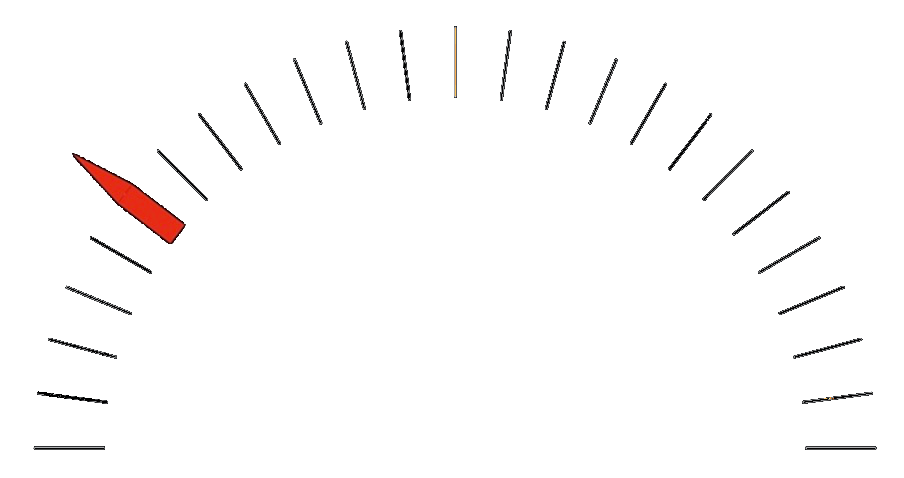Return-free risk
I’ll make you a deal.
We’ll flip a coin. If heads comes up, I’ll give you $2. If tails comes up, you give me $1. It’s a no-brainer. You’ve got to take that bet.
Flip.
It’s tails.
You lose.
I’ll make you another deal.
Let’s take this pack of playing cards.
Pick a card at random—if you pull the ace of spades, I’ll give you $100. If you pull any other card, you give me $50.
Shuffle, shuffle. Grab your card.
It’s the ace of spades—you win!
Photo by Klim Musalimov on Unsplash
So I guess that the second bet was the smarter one. Good for you for taking it!
Of course, this is nonsense. You understand that you had the odds on your side for the first bet and way against you in the second bet.
Ideally, in the second bet you would have demanded at least 52:1 odds, since the odds of the ace of spades coming up are exactly 1 in 52 (assuming the jokers are taken out of the deck).
These principles are universal. We understand them when we’re playing card games and betting on sports. Why don’t we understand them when we apply them to investing?
This discussion has me recalling a chat with a friend who owned a small piece of a very successful private business and was debating cashing out to invest in public markets.
“How much would you expect to earn on a stock and bond portfolio?” he asked.
“Based on current values and interest rates, most likely you will see a mid-single digit return in the future.”
“That’s garbage. Why would I take money out of the business for mid-single digits when our long-term growth target is at least 8 percent?”
“Would you rather a lower risk 5 percent or a more risky 8 percent?”
“We’ll probably make a lot more than 8 percent.”
“OK, but for the sake of argument, let’s say you only make 8 percent.”
“Why would I choose 5 percent over 8 percent?”
“Because the range of potential outcomes is narrower.”
“What are you talking about? Is there a time when we’ve ever made less than 8 percent growth over a few years? It’s never happened. Where is the risk?”
“The risk was always there. You have been lucky not to experience it. Just because you don’t see the risk doesn’t mean it isn’t there.”
“I’ll take the 8.”
In comparing the 5 percent to the 8 percent, my friend neglected to consider the risk.
The 8 percent return was offered by a private business he did not control, with no liquidity to sell his shares, in a single industry, operating in a narrow geographic area. It was a relatively risky 8 percent.
The 5 percent was offered by a fully liquid, diversified basket of high-quality global assets, buffered by a bond portfolio that would likely actually go up in value in the event of a recession. The 5 percent return estimate was a conservative assumption, and, over the long term, a far more likely outcome than the 8 percent choice.
There is far less risk in the global public market portfolio. You would expect to earn a lower return in it than in the private company. But in my friend’s mind, 8 percent is greater than 5 percent, and so he couldn’t understand why he should choose to invest in the global basket.
Looking down the road, if there is a far wider range of outcomes in one investment over another, you need to demand a higher expected return from that investment.
I’m not sure what that premium is—there’s no hard and fast rule, and it really depends on the specifics of each investment. But before you are seduced by a high projected return estimate, make sure to ask about the risk.
Sure, you might be looking at an investment that promises to pay you a double-digit return… but what is the range of potential outcomes? And how bumpy will the road be to get there?
Bottom line: risk matters. Make sure you’re well compensated for taking it.
Don’t take ace-of-spades risk without at least a 52:1 payoff.
Get paid to take risk.

